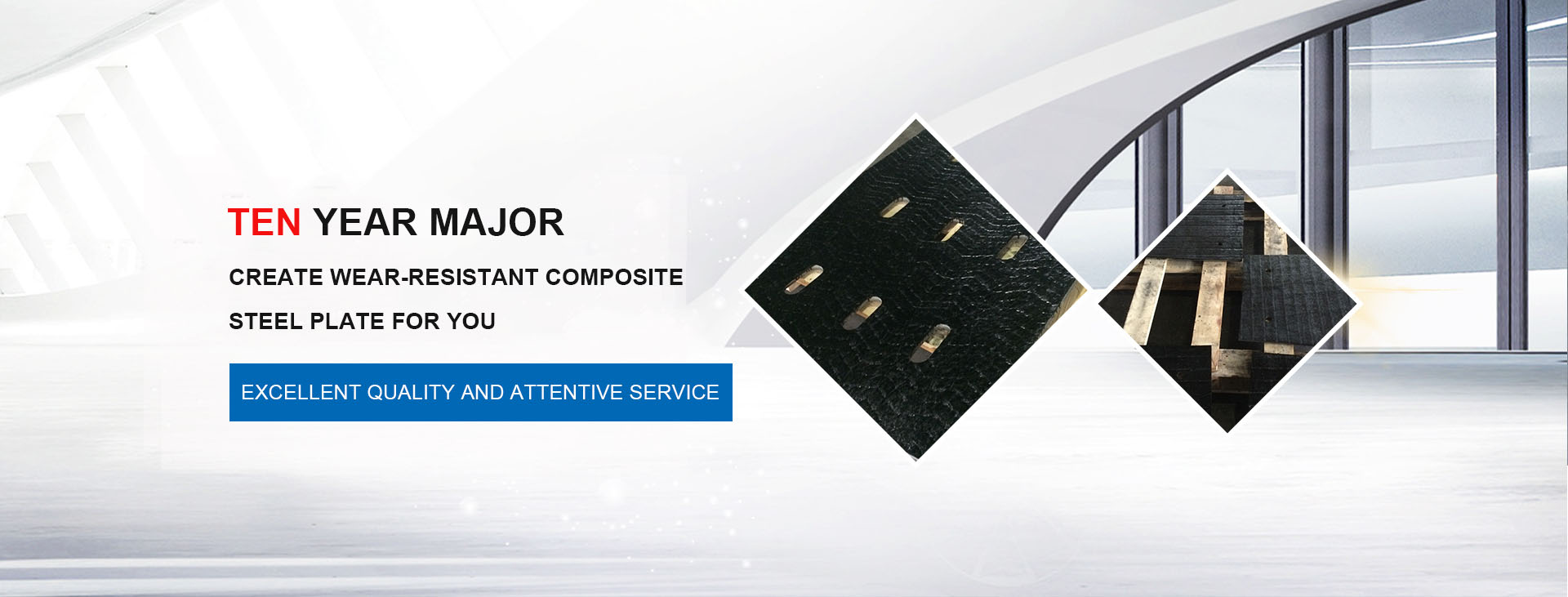Due to the high hardness and double-layer characteristics of surfacing composite wear-resistant steel plate, the following matters shall be paid attention to in machining:
cutting: plasma cutting, water knife, electric spark, carbon arc and grinding wheel saw can be used to cut a large area of clad steel plate into the required shape. The method is to cut with air or inert gas plasma arc. The recommended method is to start cutting from the back of the alloy. Carbon arc cutting shall start from one side of the substrate. If the saw blade is used, only linear cutting can be carried out, and silicon carbide saw blade is required.
bending: the wear-resistant steel plate can be cold formed and bent into the required shape, arc or circle as required. When the concave surface is formed, the alloy crack will be tightly closed due to internal stress; Convex forming, the crack will become larger and crack, which is a normal site. If the crack is too large, repair it with corresponding welding rod. Crimp into pipe according to the recommended minimum bending radius.
opening: plasma cutting can be used for large holes, and water knife, electric spark, etc. are recommended for small holes. Countersunk holes for assembling bolts can be processed by special processes.
welding: the base metal of large-area composite steel plate is a steel plate with good weldability. When two steel plates need to be spliced, the back base metal can be welded together, and then the front surfacing layer can be filled with corresponding surfacing electrodes. Wear resistant steel plates can also be welded to other steel structures.
plug welding: holes can be made on wear-resistant steel plate by plasma or carbon arc gouging, and connected with other steel structures by plug welding.
bolt fixation: the bolts can be welded to the base metal of the steel plate by welding and then connected with other workpieces, or holes can be made on the wear-resistant steel plate and connected with other workpieces by bolts;
surface processing: the wear-resistant steel plate indicates that it does not need to be processed. If it needs to be processed, it can only be ground, and other conventional methods are not applicable. Wear resistant steel plate is not suitable for occasions requiring high surface accuracy.





